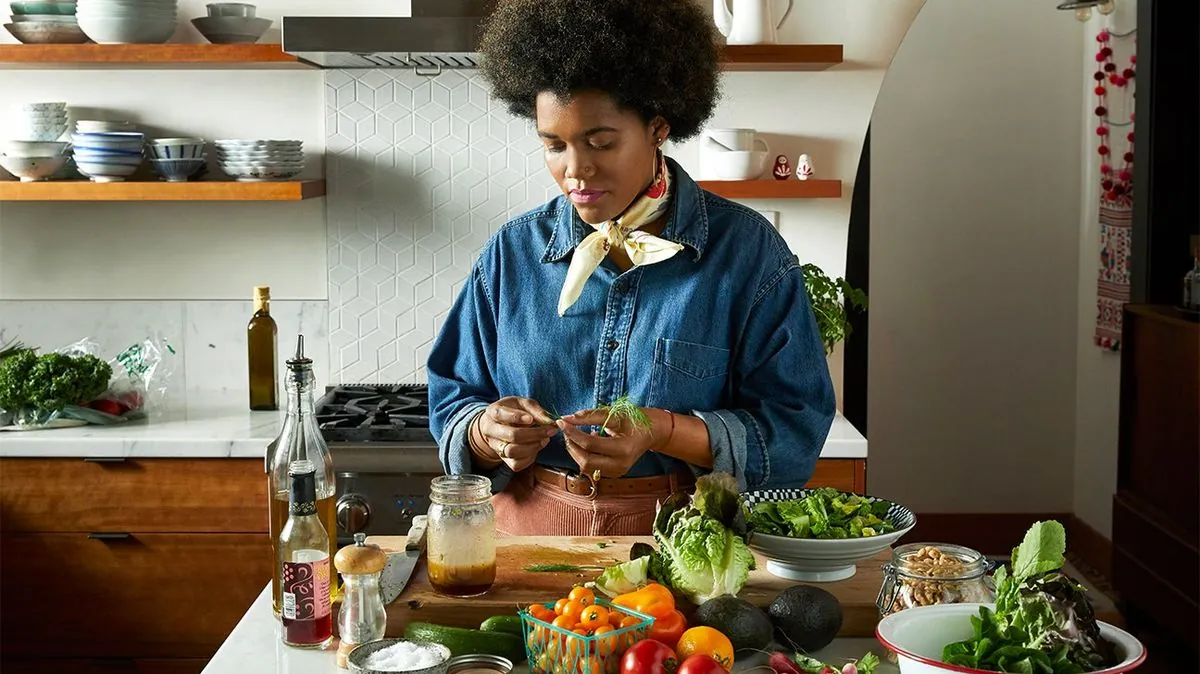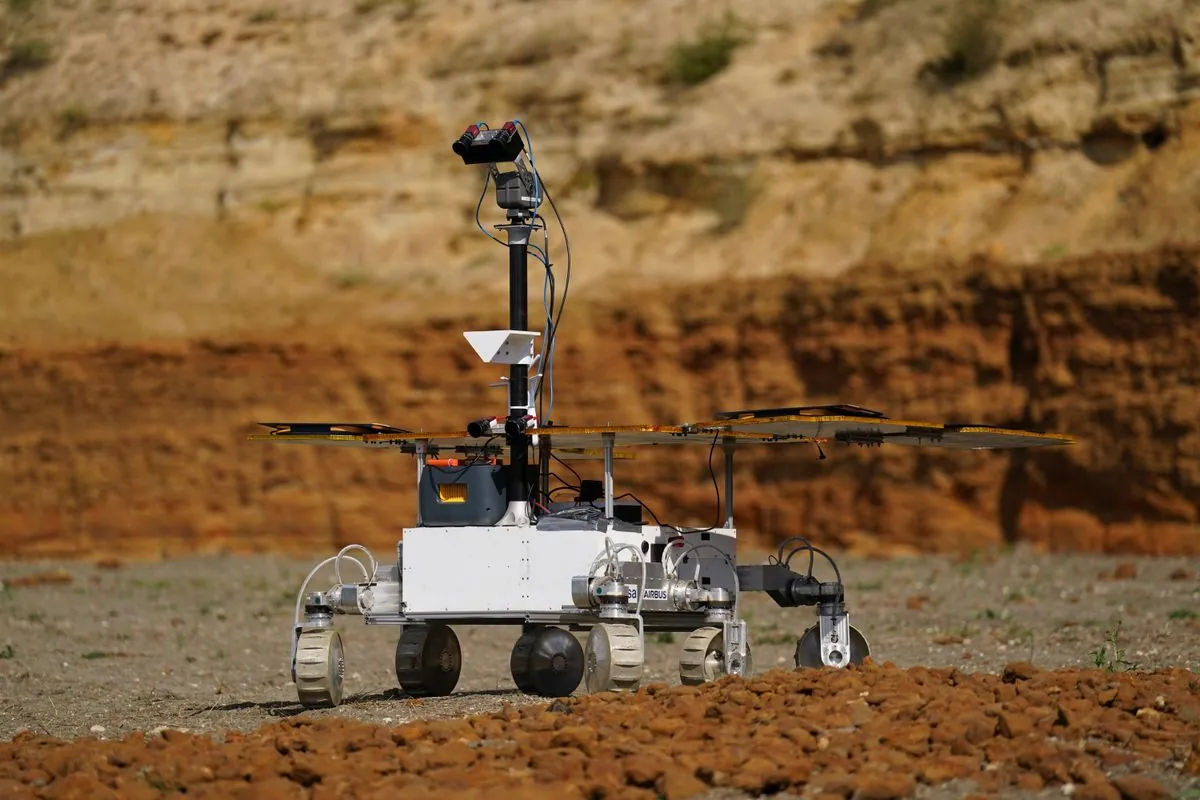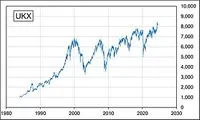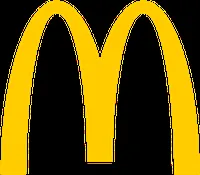The Human Being Diet: A Revolutionary Approach to Sustainable Weight Loss
Nutritionist Petronella Ravenshear's Human Being Diet offers a unique 16-day detox followed by a long-term eating plan. Focusing on real food and insulin stabilization, it aims to address weight loss challenges and improve overall health.

Petronella Ravenshear, a nutritionist now in her 60s, developed the Human Being Diet (HBD) after experiencing her own weight gain struggles during menopause. This personal journey led her to create a program that has gained popularity through word-of-mouth and social media support.
The HBD focuses on consuming real, nutritionally dense food to stabilize insulin release and reduce inflammation. Unlike traditional diets, it emphasizes high-quality protein and vegetables while limiting carbohydrates. Ravenshear states, "Fats and proteins are the only two essential food groups. Carbs are an option."
The program begins with a strict 16-day detox phase, followed by a more sustainable long-term eating plan. During the initial phase, participants consume around 700-900 calories daily, primarily from vegetables and lean proteins. This approach aims to reset the body's metabolism and improve gut health.
"Usually people have read the book and they're really clear about their whys. If your why is to lose weight then commitment in the first 16 days is crucial. This is when most weight is lost on HBD."
After the detox, the diet transitions to a more balanced approach, incorporating a wider variety of foods while maintaining the focus on protein and vegetables. Ravenshear emphasizes the importance of understanding individual food sensitivities and making informed choices.

The HBD has shown benefits beyond weight loss, with participants reporting improvements in various health conditions such as IBS, hormonal issues, and chronic fatigue syndrome. Dr. Mike Seddon, a consultant cardiologist, endorses the diet, stating, "The human being diet is founded on robust and very accessible science combined with a lifetime of clinical experience."
A key aspect of the HBD's success is its strong community support. The #HBD hashtag on Instagram has created a space for followers to share experiences, offer encouragement, and celebrate non-scale victories. This sense of belonging contributes to the program's effectiveness and sustainability.
While the HBD shares some similarities with the Mediterranean diet, it differs in its approach to grains and pulses. Ravenshear advises against consuming wheat and other grains, particularly during the initial phases of the diet. She explains, "People think they're doing the right thing by eating them but the wheat protein, part of the gluten molecule, is small enough to cross the blood brain barrier."
The program also emphasizes the importance of proper meal timing and avoiding strenuous exercise during the detox phase. Ravenshear recommends a five-hour fast between meals to help lower insulin levels and allow the digestive system to function optimally.
As participants progress through the program, they learn to identify foods that suit their bodies best and develop sustainable eating habits. Ravenshear notes, "It's adopting a whole new lifestyle with no end."
The HBD cookbook offers a variety of recipes designed to support the program's principles, including dishes like spaghetti squash with kale and baby plum tomatoes, zingy aubergine and tomato curry, and Aegean fish stew. These recipes demonstrate that following the HBD can be both nutritious and enjoyable.
In conclusion, the Human Being Diet presents a unique approach to weight loss and overall health improvement. By focusing on real food, insulin stabilization, and personalized nutrition, it offers a potential solution for those struggling with traditional diets, particularly in midlife.


































